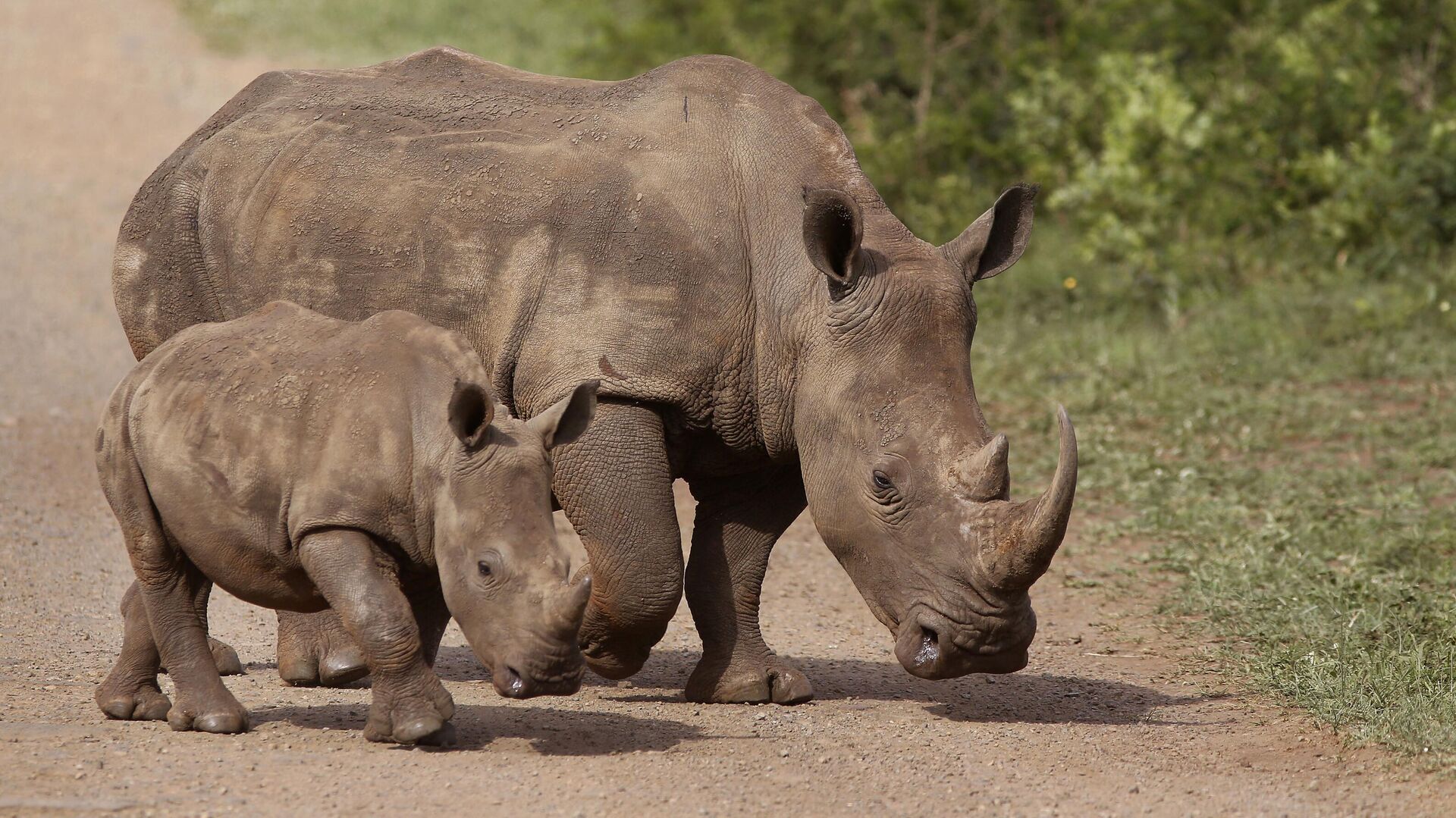https://sputnikglobe.com/20230926/scientists-forecast-most-mammals-will-go-extinct-in-250-million-years-as-earth-warms-1113670353.html
Scientists Forecast Most Mammals Will Go Extinct in 250 Million Years as Earth Warms
Scientists Forecast Most Mammals Will Go Extinct in 250 Million Years as Earth Warms
Sputnik International
Using advanced simulations of the planet's future, experts have estimated that in 250 million years, all landmasses will collide to form a supercontinent known as Pangea Ultima.
2023-09-26T03:13+0000
2023-09-26T03:13+0000
2023-09-26T03:11+0000
beyond politics
science & tech
earth
animal
biosphere
https://cdn1.img.sputnikglobe.com/img/07e7/02/09/1107106360_0:264:3172:2048_1920x0_80_0_0_e29b7dc00db66c655cbd1b34ae10c961.jpg
Newly-published findings have revealed that scientists are forecasting mammals have just 250 million years left on Earth before the next extinction.Led by Alexander Farnsworth, a paleoclimate scientist at the University of Bristol, the team of researchers cam to their conclusion after constructing a virtual simulation of our planet's future. Similar to models predicting human-induced global warming, their study extended much further into the future, highlighting a dire outlook.Three key factors were identified as contributors to the impending catastrophe: a brighter sun, dramatic shifts in continental geography, and surges in carbon dioxide levels. Farnsworth described it as a "triple whammy" that would render the climate unlivable for mammals.The sun's increasing energy output, occurring every 110 million years, combined with the formation of Pangea Ultima, would create an inhospitable world. Landmasses, heating up faster than oceans, would form a vast, scorching interior, while the supercontinent's topography would lead to a slowdown in the natural removal of carbon dioxide from the atmosphere.Furthermore, volcanic activity on Pangea Ultima would release massive amounts of greenhouse gases, further elevating temperatures. At present, human activities release over 40 billion tons of carbon from fossil fuels each year, contributing to ongoing global warming. The consequences of these trends could entail the extinction of numerous species and render large parts of the planet uninhabitable.Although Farnsworth suggested some mammalian species may survive on the fringes of Pangea Ultima, it's highly likely that mammals' dominance on Earth, which has persisted for the past 65 million years, would come to an end. Cold-blooded reptiles could potentially take their place as the dominant life forms in this scorching future.The findings were published in Nature Geoscience journal.
https://sputnikglobe.com/20230925/15-million-year-old-spider-fossil-unearthed-second-largest-ever-found-1113640894.html
https://sputnikglobe.com/20230428/this-brain-hijacking-parasite-drives-wolves-toward-pack-leadership-1109920539.html
earth
Sputnik International
feedback@sputniknews.com
+74956456601
MIA „Rossiya Segodnya“
2023
News
en_EN
Sputnik International
feedback@sputniknews.com
+74956456601
MIA „Rossiya Segodnya“
Sputnik International
feedback@sputniknews.com
+74956456601
MIA „Rossiya Segodnya“
when will mammals disappear, pangea ultima, what is pangea ultima, mammals evolution, what will happen with earth biosphere
when will mammals disappear, pangea ultima, what is pangea ultima, mammals evolution, what will happen with earth biosphere
Scientists Forecast Most Mammals Will Go Extinct in 250 Million Years as Earth Warms
Using advanced simulations of the planet's future, experts have estimated that in 250 million years, all landmasses will collide to form a supercontinent known as Pangea Ultima, leading to catastrophic warming and potentially driving mammals, including humans, to extinction.
Newly-published findings have revealed that scientists are forecasting mammals have just 250 million years left on Earth before the next extinction.
Led by Alexander Farnsworth, a paleoclimate scientist at the University of Bristol, the team of researchers cam to their conclusion after constructing a virtual simulation of our planet's future. Similar to models predicting human-induced global warming, their study extended much further into the future, highlighting a dire outlook.
Three key factors were identified as contributors to the impending catastrophe: a brighter sun, dramatic shifts in continental geography, and surges in carbon dioxide levels. Farnsworth described it as a "triple whammy" that would render the climate unlivable for mammals.

25 September 2023, 01:42 GMT
The sun's increasing energy output, occurring every 110 million years, combined with the formation of Pangea Ultima, would create an inhospitable world. Landmasses, heating up faster than oceans, would form a vast, scorching interior, while the supercontinent's topography would lead to a slowdown in the natural removal of carbon dioxide from the atmosphere.
Furthermore, volcanic activity on Pangea Ultima would release massive amounts of greenhouse gases, further elevating temperatures. At present, human activities release over 40 billion tons of carbon from fossil fuels each year, contributing to ongoing global warming.
The consequences of these trends could entail the extinction of numerous species and render large parts of the planet uninhabitable.
Although Farnsworth suggested some mammalian species may survive on the fringes of Pangea Ultima, it's highly likely that mammals' dominance on Earth, which has persisted for the past 65 million years, would come to an end. Cold-blooded reptiles could potentially take their place as the dominant life forms in this scorching future.
While the study has sparked debate, with some experts suggesting factors like the decline in heat escaping from Earth's interior might alter the timeline, it offers valuable insights for the future of our planet.
Furthermore, insiders say it may serve as a reference for scientists studying other planets to determine what forms of life could survive in distant solar systems.
The findings were published in
Nature Geoscience journal.




